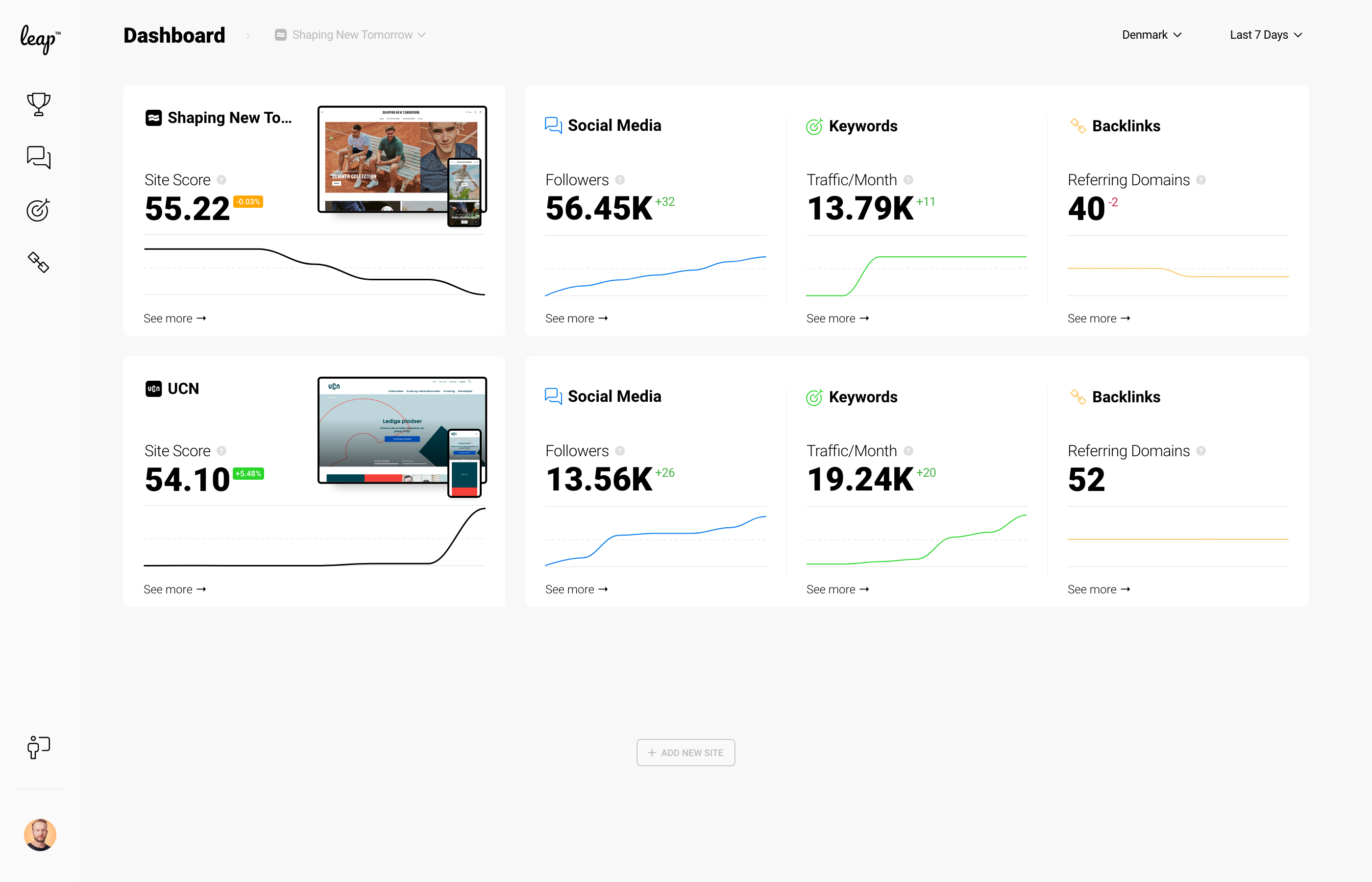Erika Baltusyte is a creative wizard at Templafy with experience from great companies such as Typeform and Phase One.
The prototyping stage is all about testing, identifying what’s not working, iterating and then testing it again. It’s so important that the time spent on prototyping is time well spent, in order to identify and fix the mistakes early to confidently move towards the final solution.
Building an engaging, clickable, more tangible prototype makes it easier to get different stakeholders (developers, product managers, etc.) involved in the process and enables them to provide moretailed and accurate feedback.
However, there is no need to spend time creating unique UI components just yet, there are so many free resources available that can easily serve the purpose at this stage (e.g. Adobe XD has free UI libraries ready to use)
This is a perfect time to start creating a basic design system, unique UI components, grids, etc. It doesn’t have to be over the top, but it helps to stay consistent moving forward.
Launching a platform involves multiple stakeholders. I find sprint sessions with daily project status updates to work the best at this stage. Sitting in the same room with people that live and breathe the same ideas and projects, lowers the chances of miscommunication, speeds up the decision making process and keeps everyone aligned and focused. It’s not always crucial to have a full team of in-house experts in one room to launch a platform. Outsourcing can also be just fine. Though from my experience, it is both much more effective and budget-friendly to get the experts of their area (freelancers, agencies etc.) in your office for a sprint session focused on their actual deliverables while also making sure that they really understand your product and the problem.
Consistency is paramount at this stage to ensure a great user experience. First of all visual consistency: this is where the design system, UI elements, and grids created in the previous stage can help to speed up the app creation process.
Consistency in communication is also crucial. Collaboration and alignment between different product teams (both working on the platform and the app), product marketing and brand managers ensure that product communication and visualization through different touch-points are consistent, logical and straightforward. This helps to create strong brand recognition and seamless user experience regardless of what part of the product they would be using.
